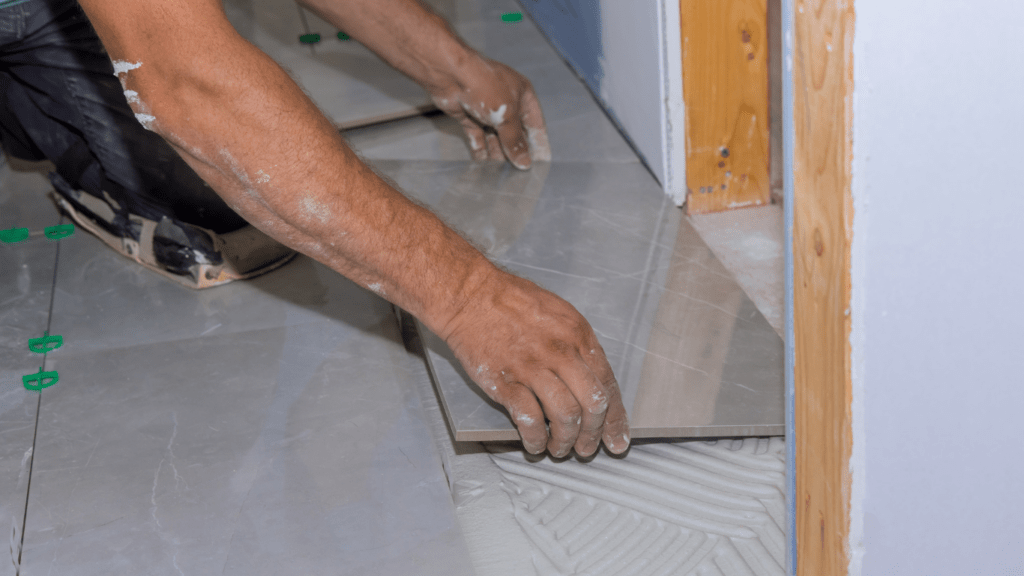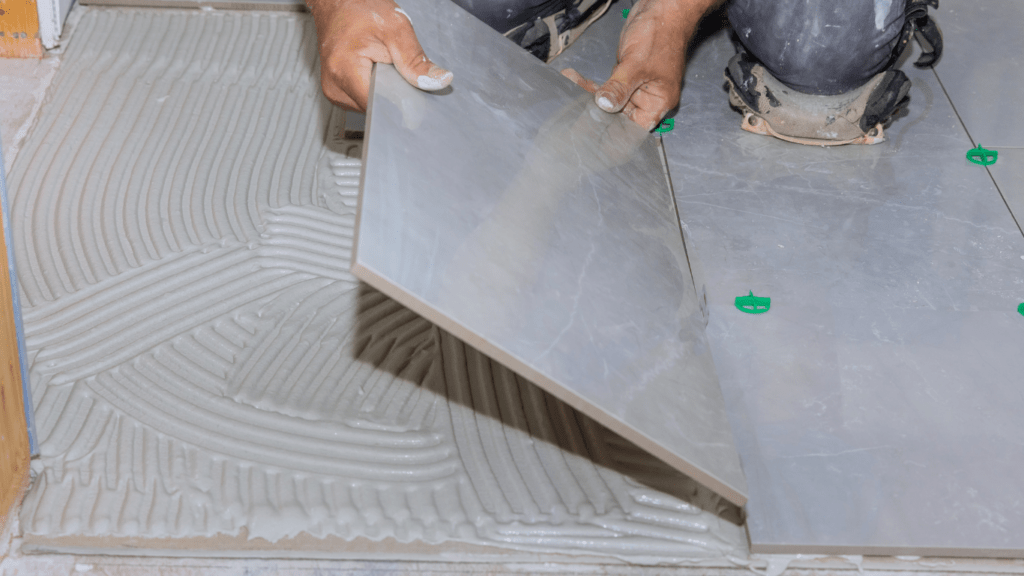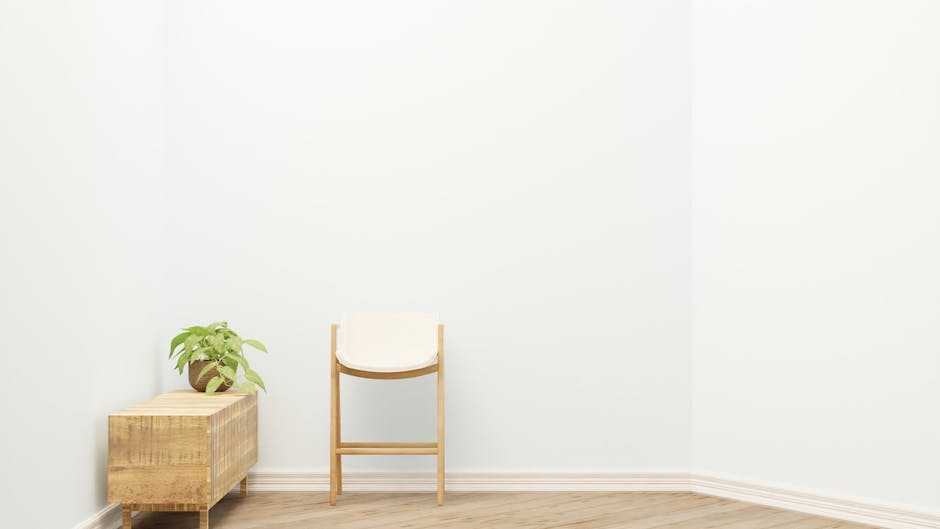Living in a compact home doesn’t mean sacrificing style or functionality. In my experience, maximizing small spaces through strategic renovation can transform even the tiniest of areas into cozy and efficient living spaces. From clever storage solutions to smart design hacks, there are numerous ways to make the most out of limited square footage.
In this article, I’ll share expert tips and tricks on how to optimize your compact home to its fullest potential. Whether you’re looking to create a multifunctional room or simply declutter a small area, these renovation ideas will help you achieve a harmonious balance between aesthetics and practicality. Get ready to unlock the secrets of maximizing small spaces and turn your cozy abode into a stylish haven.
Challenges of Small Spaces
Small spaces present unique challenges that require innovative solutions to maximize functionality while maintaining a stylish aesthetic.
- Limited Storage Options: Small homes often lack adequate storage space, making it challenging to keep belongings organized and out of sight.
- Furniture Placement Constraints: With restricted square footage, arranging furniture in a small space can be tricky, affecting traffic flow and overall comfort.
- Lack of Privacy: In compact homes, maintaining privacy can be difficult due to the close proximity of living areas, posing a challenge for individuals seeking personal space.
- Lighting Issues: Limited natural light sources in small spaces can make rooms feel cramped and dim, impacting the ambiance and overall feel of the home.
- Visual Clutter: Small spaces can easily appear cluttered, especially when trying to incorporate essential furniture and decor without overwhelming the room.
Navigating these challenges requires strategic planning and creative solutions to transform compact living areas into functional, inviting spaces.
Efficient Space Planning
When maximizing small spaces, efficient space planning is crucial to ensure both functionality and style. Here are some tips to make the most of compact homes:
Multifunctional Furniture
I always recommend investing in multifunctional furniture pieces that serve dual purposes. For instance, a sofa bed can be used as a seating area during the day and transformed into a bed for guests at night. This not only saves space but also adds versatility to your living area.
Creative Storage Solutions
In compact homes, creative storage solutions are key to keeping clutter at bay. Consider utilizing vertical space by installing wall shelves or using storage ottomans that double as seating. Additionally, opt for furniture with built-in storage compartments, such as beds with drawers underneath, to maximize space efficiency.
Maximizing Natural Light
Expanding natural light in compact spaces is crucial for creating an open and airy atmosphere. Strategically increasing light sources can transform a small room, making it feel more spacious and welcoming.
As a result, the living environment becomes brighter and visually appealing, enhancing the overall ambiance. To enhance natural light, consider the following strategies:
- Use Sheer Curtains: Opt for sheer curtains or blinds that allow ample light to filter through while maintaining privacy. This simple choice can significantly brighten up a room and create a sense of airiness.
- Mirrors: Placing mirrors strategically can reflect natural light and distribute it throughout the space, making the room appear larger and more illuminated. Consider positioning mirrors opposite windows to maximize the light reflection.
- Light Colors: Choosing light-colored walls, furniture, and decor can help bounce natural light around the room, brightening up dark corners and expanding the sense of space.
- Trim Trees and Shrubs: Ensure that outdoor vegetation, like trees and shrubs, are trimmed to allow maximum sunlight to enter your home. Unobstructed windows can bring in more light, creating a vibrant indoor environment.
- Glass Doors: Installing glass doors or partitions can facilitate the flow of natural light between rooms, optimizing the brightness in multiple areas of your home.
By incorporating these strategies, you can harness the power of natural light to maximize the sense of space and create a light-filled, inviting atmosphere in your compact home.
Choosing the Right Color Palette
In selecting the ideal color palette for compact homes, I prioritize hues that enhance the feeling of space and light. Opting for light colors like soft whites, pale grays, and pastels can make a room appear more expansive by reflecting light and creating an airy atmosphere.
Darker shades tend to absorb light, potentially making the space feel smaller and more confined. When considering colors for walls, I lean towards neutrals as a versatile choice that provides a backdrop for various decor styles.
Neutrals like beige, taupe, or light greige can help maintain a cohesive look throughout the home while allowing for flexibility in accent pieces and furnishings. For furniture and accessories, I suggest incorporating pops of color in strategic ways.
By adding vibrant hues through throw pillows, rugs, or artwork, you can inject personality and visual interest without overwhelming the space. These accents can be easily swapped out to refresh the decor or adapt to changing preferences over time.
Additionally, I recommend harmonizing the color palette across different areas of the home to promote continuity and flow. Coordinating colors between adjoining rooms or using variations of a single hue can create a sense of cohesion, especially in open concept layouts where spaces blend seamlessly.
By aligning your color choices with the principles of light reflection, versatility, and harmony, you can transform your compact home into a visually appealing and well-coordinated sanctuary, maximizing its aesthetic potential while maintaining a spacious feel.





